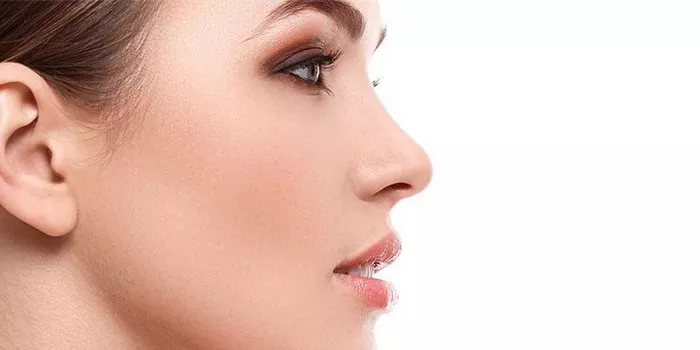Introduction:
Filler is best for nose is a common question for those considering non-surgical rhinoplasty. Non-surgical rhinoplasty, also known as liquid rhinoplasty, is a minimally invasive procedure that uses dermal fillers to reshape the nose without surgery. There are several types of fillers that can be used for non-surgical rhinoplasty, each with its own unique properties and benefits. In this article, we will explore the different types of fillers used for non-surgical rhinoplasty and their associated benefits and risks.
Hyaluronic Acid Fillers:
Hyaluronic acid fillers are one of the most commonly used fillers for non-surgical rhinoplasty. Hyaluronic acid is a natural substance found in the body that helps to hydrate and plump the skin. Hyaluronic acid fillers are temporary and can last anywhere from six months to two years, depending on the type of filler used and the individual’s metabolism. The benefits of hyaluronic acid fillers include their ability to provide natural-looking results, their reversibility, and their low risk of allergic reactions.
Calcium Hydroxylapatite Fillers:
Calcium hydroxylapatite fillers are another type of filler that can be used for non-surgical rhinoplasty. Calcium hydroxylapatite is a mineral-like compound that is found in bones and teeth. When used as a filler, it is mixed with a gel-like substance and injected into the nose. Calcium hydroxylapatite fillers are longer-lasting than hyaluronic acid fillers, with results that can last up to two years or more. The benefits of calcium hydroxylapatite fillers include their ability to provide natural-looking results, their longevity, and their low risk of allergic reactions.
Polymethyl Methacrylate Fillers:
Polymethyl methacrylate (PMMA) fillers are a type of synthetic filler that is used for non-surgical rhinoplasty. PMMA fillers are made up of tiny beads that are suspended in a gel-like substance. When injected into the nose, the beads stimulate the production of collagen, which helps to add volume and structure to the nose. PMMA fillers are long-lasting and can provide results that last up to five years or more. The benefits of PMMA fillers include their longevity and their ability to provide dramatic results.
Risks and Side Effects:
While non-surgical rhinoplasty using fillers is generally considered safe, there are some risks and side effects associated with the procedure. These can include bruising, swelling, redness, and tenderness at the injection site. In rare cases, more serious complications can occur, such as infection, scarring, or damage to the skin or underlying tissues. It’s important to choose a qualified and experienced injector who can minimize the risks and side effects associated with non-surgical rhinoplasty.
Choosing the Right Filler:
Choosing the right filler for non-surgical rhinoplasty depends on several factors, including the individual’s goals, the injector’s experience and expertise, and the individual’s anatomy. Hyaluronic acid fillers are a good choice for those who want to achieve subtle changes to the nose, while calcium hydroxylapatite fillers are a good choice for those who want longer-lasting results. PMMA fillers are a good choice for those who want more dramatic results, but they should only be used by experienced injectors due to the potential for complications.
Conclusion:
Filler is best for nose depends on several factors, including the individual’s goals, the injector’s experience and expertise, and the individual’s anatomy. Hyaluronic acid, calcium hydroxylapatite, and PMMA fillers are all options for non-surgical rhinoplasty, each with its own unique properties and benefits. It’s important to choose a qualified and experienced injector who can help you choose the right filler for your individual needs and minimize the risks and side effects associated with non-surgical rhinoplasty. With the right injector and the right filler, non-surgical rhinoplasty can provide natural-looking results that can last for years.

